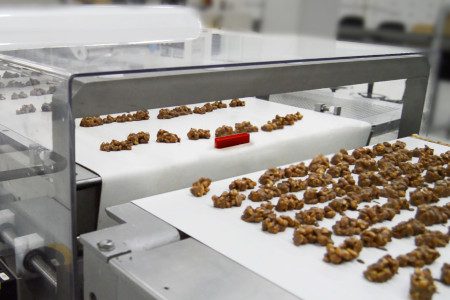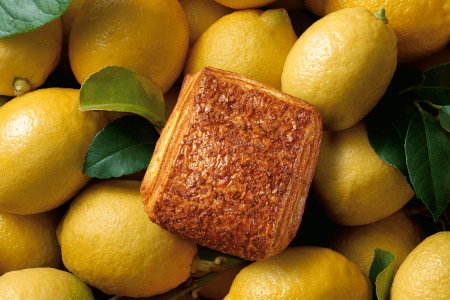An early recording of GB planting intentions for the 2020 harvest from the Agriculture and Horticulture Development Board (AHDB) suggests a sharp fall in winter and wheat crop, largely because of the extremely wet weather throughout the autumn planting window.
An anticipated 13% fall in UK winter wheat planting but considerable (358%) rise in spring wheat would result in the lowest wheat area since 2013, a year which also followed a very wet winter. The intended winter barley area is 12% down, partly from rain interruptions but also a lower planned area.
Oilseed rape intentions are for a lower planted area (-23%). This includes a considerable amount of crop which might not survive through to harvest, partly because of rain and also CSFB damage. These problems combined has meant that much of the planted crop was slow developing and may suffer further losses.
Meanwhile, spring barley, oats (largely spring) and pulses areas are anticipated to rise sharply in 2020, by 28%, 10% and 24% respectively.
Provisional results from the survey shown in the table have been extrapolated onto the data from Defra’s provisional 2019 UK June Survey to produce forecasted crop areas for the 2020 harvest. Autumn drilling conditions have been awful in many parts of the UK with excessive rain for most. This meant far less winter drilling has taken place so far than usual.
The wheat area is forecast to fall by 9% which, if correct, would result in 1,645Kha for harvest 2020, this would be the lowest wheat area since 2013, another year that experienced a winter drilling window. The spring wheat proportion within total wheat is seen rising a considerable 358%. It is thought that potentially half the UK winter wheat crop is still not planted though, so the decline could end up larger than the survey currently suggests.
The winter barley area is expected to fall by 12% to about 398Kha, although still higher than 2018. Oilseed rape is currently experiencing a 23% reduction to about 406Kha. This would be the smallest area drilled since 2002.






